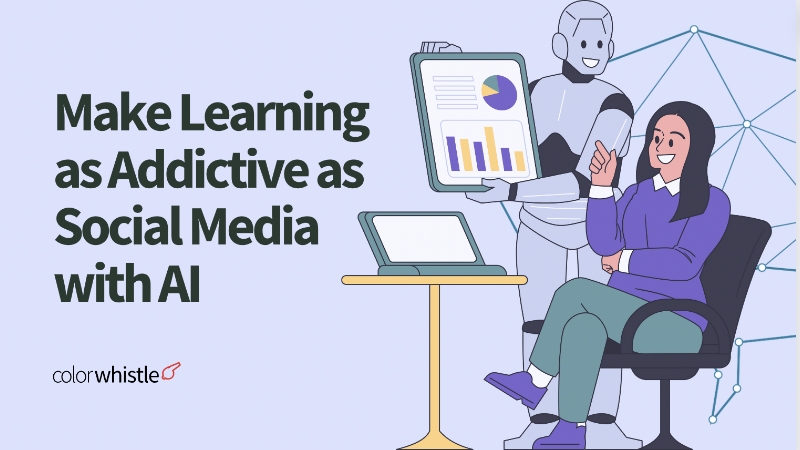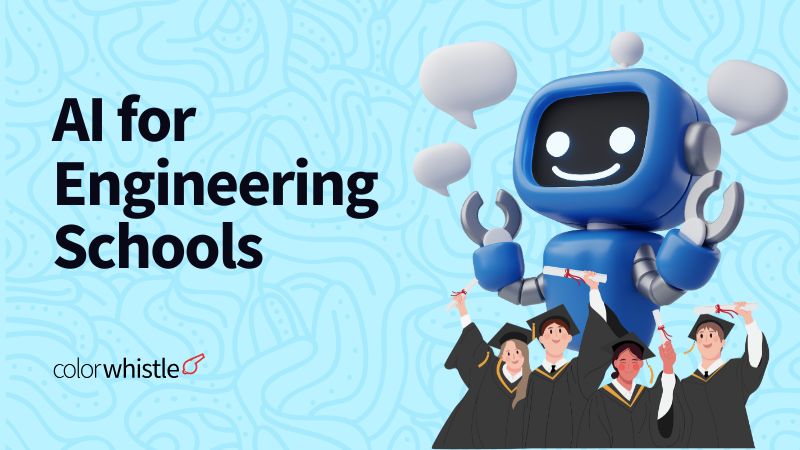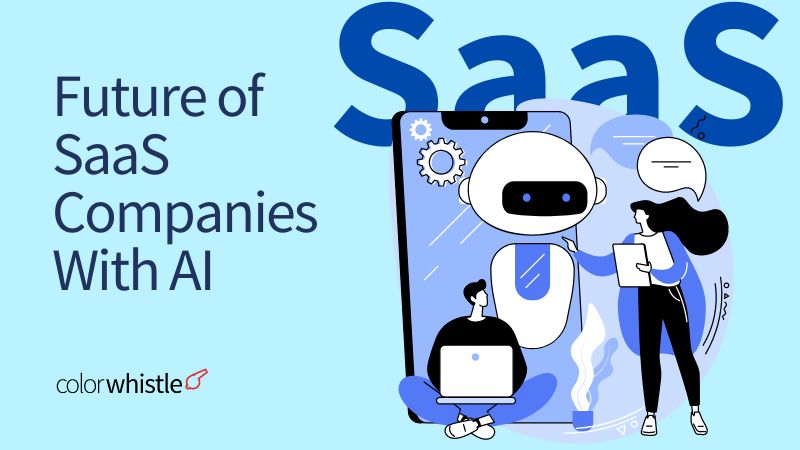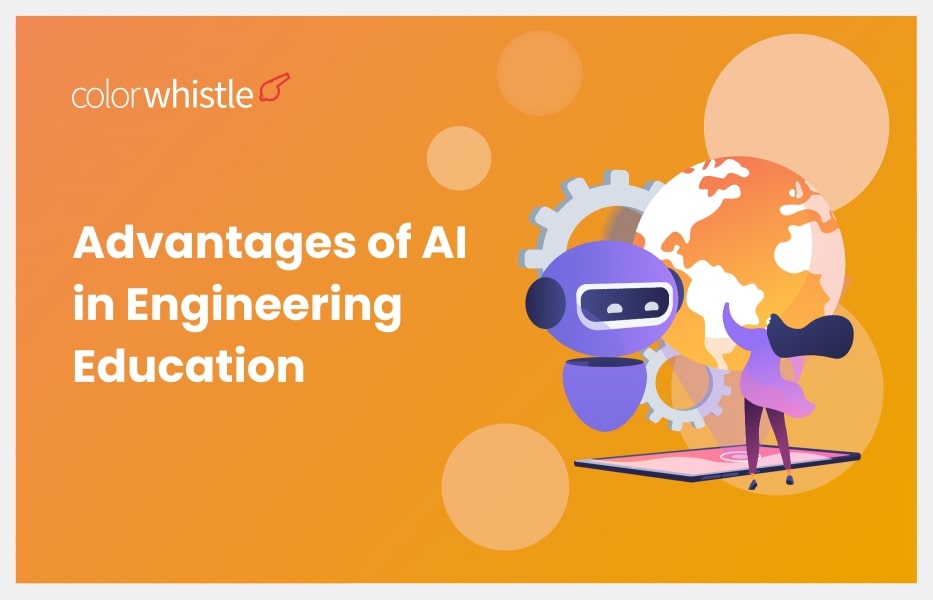Scrolling through social media can feel endlessly captivating. That “one more post” mentality keeps us glued to our phones. But what if we could channel that addictive energy into something a tad more enriching?: learning?
AI (Artificial Intelligence) is shaking up the education game, and no, it’s not just about flashy robots. AI can customize your learning experience, and adapt to your speed, and it can even whip up some pretty engaging content. Link up with the right AI consulting and integration service agency for the tailored solutions. But here’s the million-dollar question: how do we make AI-powered learning as irresistible as that cat video you just couldn’t resist clicking on?
Just don’t stop reading to know how:)
How to Make Learning With AI as Addictive as Social Media
Social media platforms have mastered the art of capturing and retaining our attention. Their algorithms are designed to keep us hooked by providing personalized content, instant gratification, and a sense of community. The addictive nature of social media lies in its ability to cater to our individual preferences, deliver bite-sized information, and offer interactive experiences.
AI in education can personalize learning journeys, adapt to your pace, and even create engaging content. But how do we make AI-powered learning as irresistible as that cat video you just had to watch?
This is where social media algorithms come in. These complex programs analyze vast amounts of user data, including clicks, likes, and watch times, to understand what keeps users engaged. Let’s borrow a few tricks from their playbook and transform education:
The Social Butterfly Effect: Powered by Machine Learning
Micro-Learning
Think bite-sized knowledge bursts, similar to social media posts, delivered through push notifications or personalized learning apps. However, unlike a static post, these micro-lessons can leverage machine learning to adapt content difficulty and presentation based on user engagement and performance. Imagine digestible science facts infused with interactive quizzes popping up throughout your day, with the AI system adjusting the complexity based on your response accuracy.
Gamification
Turn learning into a game! Earn points, and badges, and climb dynamic leaderboards to stay motivated. These leaderboards wouldn’t just be static displays. Imagine leaderboards that incorporate social learning elements, allowing you to see friends’ progress and even collaborate on challenges in real time. Additionally, AI can personalize the reward system, offering badges aligned with your interests. For instance, a history buff might receive a “Renaissance Master” badge for excelling in a European history module.
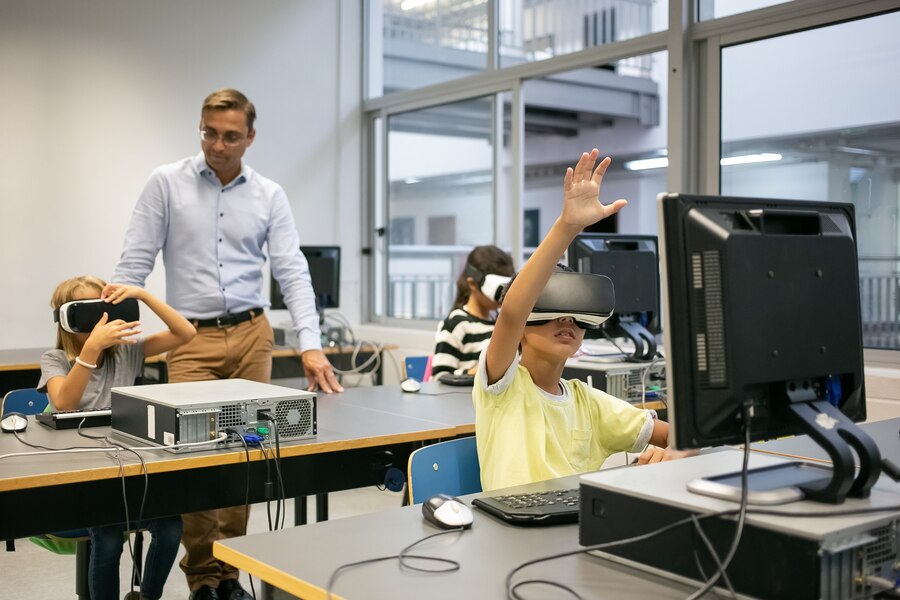
Social Interaction
Learning shouldn’t be solitary. Foster discussions, debates, and even friendly competition through online forums or AI-powered chatbots. These forums can leverage natural language processing (NLP) to facilitate meaningful conversations. Imagine discussing a historical event with a simulated historical figure whose responses are generated by an AI trained on historical documents and transcripts, or debating a scientific concept with classmates in a virtual forum where AI can identify potential biases and ensure a factual discussion.
Did You Know?
A recent survey finds that over 70% of American kids using AI want adult guidance in learning to use these tools effectively. Nearly 30% have already used ChatGPT for homework. Suzanne Barchers stresses the importance of parental involvement in teaching responsible AI use. She suggests parents engage with their kids using AI tools, discussing their capabilities and limitations, and teaching them to fact-check AI-generated content. Barchers also emphasizes the importance of developing critical thinking skills.
The Personalization

AI Recommends
Just like your favorite streaming service, AI can suggest learning paths based on your interests and goals. This personalization goes beyond simple recommendations. Deep learning algorithms can analyze user interactions with learning materials, including text-based content, videos, and interactive elements, to create a comprehensive understanding of a user’s learning style and knowledge gaps.
The Feedback Loop
AI can analyze your strengths and weaknesses, adjusting difficulty and content delivery to keep you challenged and engaged. This analysis goes beyond basic multiple-choice questions. AI can employ natural language processing (NLP) to analyze written responses and identify areas for improvement.
If you struggle with complex equations, the system will offer additional video tutorials or interactive simulations to bridge the gap. Conversely, if you excel in a particular area, the AI will unlock more challenging modules or introduce advanced concepts.
Interactive Content
Use quizzes, simulations, and even AR/VR experiences to make learning an immersive adventure. Imagine exploring the ruins of Rome in VR with the ability to interact with virtual recreations of historical figures and ask them questions, or conducting a virtual chemistry experiment where you can manipulate variables and observe the results in real time, all while acquiring knowledge in a captivating way.
The Reward Center: Optimizing Dopamine Release
- The Power of Progress: Track your learning journey with progress bars, streaks, and personalized milestones. Seeing your development fuels motivation. Imagine a gamified dashboard that visually represents your knowledge growth, not just through points and badges, but also through interactive data visualizations that showcase your progress in specific areas. This allows you to see not just the destination but also the trajectory of your learning journey.
- Unlock the Next Level: Reward yourself for completing tasks with access to new features, hidden content, or exclusive challenges. Earning access to a virtual museum exhibit with curated artifacts relevant to your course material after completing a history course or unlocking a new language learning module that delves into a specific dialect after mastering a foundational level could provide a sense of accomplishment and encourage further exploration.
- Beyond the Badge: While gamification is fun, it helps users connect the dots and see how their newfound knowledge can be applied in the real world. Not only awards a badge but also suggests real-world projects where students can apply their newly acquired skills, perhaps even connecting them with online communities of programmers where they can collaborate and keep learning. This reinforces the value of the knowledge gained and motivates students to continue their learning journey.
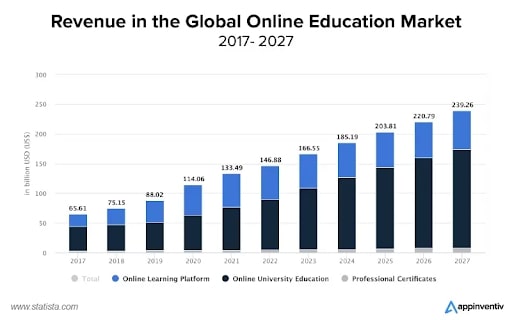
How do Universities Integrate AI Tools into Their Curriculum
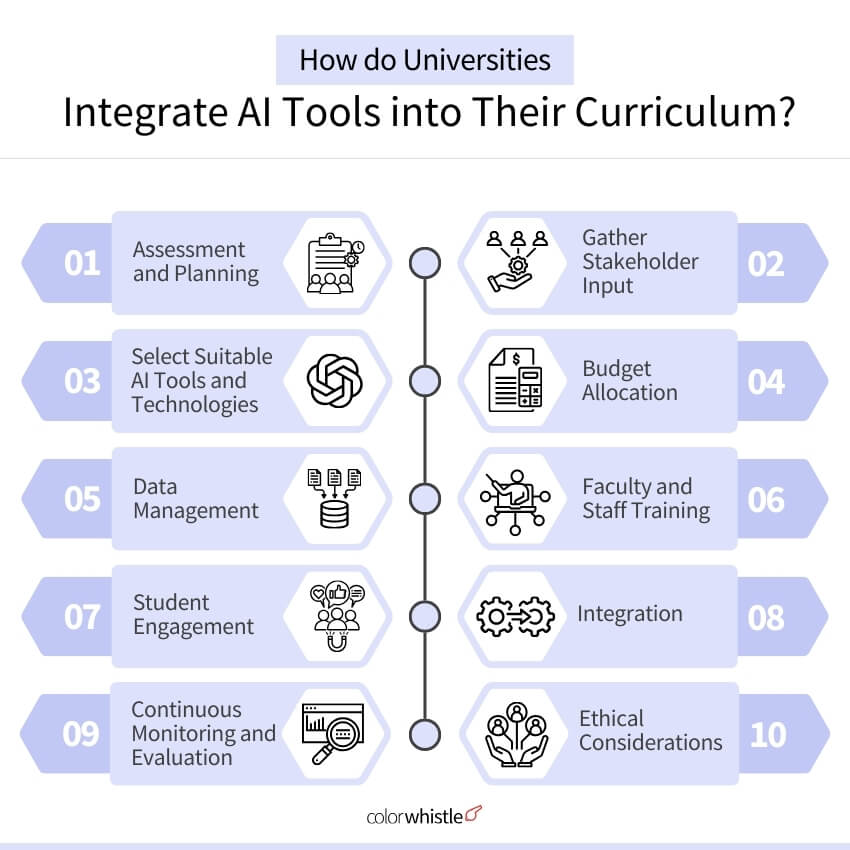
Universities integrate AI tools into their curriculum through a structured approach that involves assessment, planning, stakeholder engagement, tool selection, budget allocation, data management, training, student engagement, continuous monitoring, and ethical considerations. Here is a step-by-step guide on how colleges and universities can effectively integrate AI tools into their curriculum:
Assessment and Planning
- Find places where AI can help the school, like supporting students, handling administrative jobs, or creating the curriculum
- Establishing precise objectives and goals for AI integration is crucial to ensuring that they align with the institution’s mission and values
Gather Stakeholder Input
Involve teachers, staff, and students in making decisions to know what they need, what worries them, and what they expect when it comes to using AI.
Select Suitable AI Tools and Technologies
Research and choose AI solutions that align with the institution’s goals and budget, such as chatbots, learning analytics, AI labs, and AI-driven content recommendations.
Budget Allocation
Assign resources efficiently, taking into account both upfront expenses and long-term sustainability.
Data Management
Establish a robust data infrastructure to collect, store, and manage the data required for AI applications, ensuring compliance with data privacy regulations.
Faculty and Staff Training
Offer training and tools to teachers and staff so they can learn and use AI tools well in their roles.
Student Engagement
Educate students about AI’s role in higher education and how it can benefit them, encouraging active participation and feedback.
Integration
Think of adding AI to your system as a continuous process that changes based on what your institution needs and wants as time goes on.
Continuous Monitoring and Evaluation
Continuously evaluate how the integration of AI impacts teaching, learning outcomes, and administrative processes, and make adjustments based on insights derived from data analysis.
Ethical Considerations
Develop and enforce ethical guidelines for AI use, ensuring transparency, fairness, and accountability in the integration process.
What are Some Technical Challenges Universities Face When Integrating AI Tools into Their Curriculum?
Model Testing and Maintenance
Challenge
Universities encounter challenges related to testing and maintaining AI models effectively, ensuring that the models remain accurate, up-to-date, and reliable for educational purposes.
Our Solution
- Develop a comprehensive testing framework: We’ll design and implement a testing framework tailored to the unique requirements of AI models in education. This framework will include automated testing scripts, data validation techniques, and performance metrics to ensure accuracy and reliability.
- Continuous monitoring and feedback loop: Implement systems for real-time monitoring of AI models in educational settings. This includes tracking model performance, identifying drift, and collecting feedback from users to continuously improve model accuracy and relevance.
- Version control and model governance: Establish robust version control mechanisms to track changes in AI models over time. Implement governance policies to ensure proper documentation, review, and approval processes for model updates, helping maintain accountability and transparency.
Automating AI Software Engineering (AISE) Process
Challenge
Implementing automation in the AI software engineering process poses technical challenges for universities, requiring sophisticated tools and strategies to streamline and optimize the development and deployment of AI solutions in education.
Our Solution
- Tool integration and workflow automation: We Integrate AI development tools and platforms to automate various stages of the software engineering process, from data preprocessing to model deployment. Utilize CI/CD pipelines and DevOps practices to streamline development, testing, and deployment workflows.
- Automated code generation and optimization: Our team develops tools and algorithms for automating code generation and optimization tasks, reducing the manual effort required for developing AI solutions. This includes techniques such as autoML for model selection and hyperparameter tuning and code generation for common AI tasks.
- Continuous improvement through machine learning: Implement machine learning algorithms to analyze development processes and identify areas for optimization. This includes predicting resource requirements, identifying bottlenecks, and optimizing resource allocation to improve overall efficiency and productivity.
Generative AI Tools Implementation
Challenge
Integrating generative AI tools like ChatGPT into educational practices presents technical challenges such as data-intensive processing, interoperability with existing systems, and ensuring the efficiency and accuracy of AI-generated content for teaching and learning purposes.
Our Solution
- Scalable infrastructure for data processing: Wedesign and deploy scalable infrastructure capable of handling large volumes of data required for generative AI tasks. Utilize cloud-based solutions and distributed computing frameworks to efficiently process and analyze data, ensuring high performance and reliability.
- Interoperability and integration with existing systems: Develop APIs and integration frameworks to seamlessly integrate generative AI tools with existing educational systems and platforms. This includes compatibility with Learning Management Systems (LMS), content authoring tools, and student engagement platforms.
- Quality assurance and content validation: Implement quality assurance processes to validate the accuracy and relevance of AI-generated content for educational purposes. This includes human-in-the-loop validation, automated content scoring, and feedback mechanisms to ensure content meets educational standards and objectives.
Data Management and Privacy Protection
Challenge
Ensuring effective data management and privacy protection when utilizing AI tools in education, including addressing technical complexities related to data security, compliance with regulations, and safeguarding sensitive student information.
Our Solution
- Secure data storage and encryption: Implement robust data encryption techniques and secure storage mechanisms to protect sensitive student information. Utilize encryption protocols such as AES for data at rest and TLS for data in transit, ensuring end-to-end security across the data lifecycle.
- Compliance with regulations and standards: Stay up-to-date with regulatory requirements such as GDPR, FERPA, and COPPA to ensure compliance with data privacy laws. Implement privacy-preserving techniques such as differential privacy and anonymization to protect student privacy while still enabling effective analysis and personalization.
- Transparent data usage and consent management: Implement mechanisms for transparent data usage and consent management, providing students and stakeholders with clear visibility and control over how their data is collected, stored, and utilized. This includes user-friendly interfaces for managing consent preferences and granular access controls to limit data access based on permissions and roles.
List of Universities and Schools Utilizing AI in Education, Incorporating VR, AR, AI Apps, and AI Labs
The field of AI in education is rapidly evolving, with universities and schools at the forefront of implementing innovative solutions. Here are some leading institutions leveraging AI, VR, AR, and AI Labs to enhance learning experiences and achieve success:
Georgia Institute of Technology
Implemented an AI-powered chatbot named Jill Watson, developed by IBM’s Watson, as a teaching assistant with a 97% success rate in responding to student inquiries.
Ivy Tech Community College
Conducted a pilot study using AI to predict students at risk of failing, resulting in saving 3,000 students from failing and assisting over 34,712 students through Project Student Success.
University of Murcia

Implemented an AI-powered chatbot called Lola to assist students with inquiries, demonstrating proficiency by answering over 91% of questions correctly.
Nova Southeastern University
Utilized AI technology from Aible to identify students at risk of leaving, resulting in a 17% reduction in student attrition within 15 days.
Morehouse College
Morehouse College transformed classes into a virtual format during the pandemic through the Morehouse in the Metaverse program, where professors taught courses in VR on a digital twin campus, resulting in higher student engagement and improved grades.
Arizona State University (ASU)
ASU partnered with Dreamscape to create a nine-module VR series for biology lab students, leading to increased student engagement and higher grades compared to traditional teaching methods.
Rochester Institute of Technology (RIT)
RIT’s AR/VR Lab and Frameless Labs provide spaces for exploring AR/VR platforms, technologies, and hardware, fostering collaboration and innovation in the XR community.
Wrap-Up
In the quest to unlock the addictive potential of learning with AI, we have the opportunity to transform education into a truly immersive and rewarding experience, where acquiring knowledge and skills is not just a necessity but a source of joy and fulfillment. Choose the suitable AI app development service agency as a partner to excel in the competitive AI landscape.
Are you excited to see what the future holds? Share your thoughts on how AI help in education and how it makes learning as addictive as social media in the comments below! Let’s work together to make learning more fun and effective for everyone.
Feel free to swing by our ColorWhistle page. You’ll get the lowdown on our services and find some interesting stuff there! Just head to our Contact Us page to get in touch with us.
What’s Next?
Now that you’ve had the chance to explore our blog, it’s time to take the next step and see what opportunities await!

